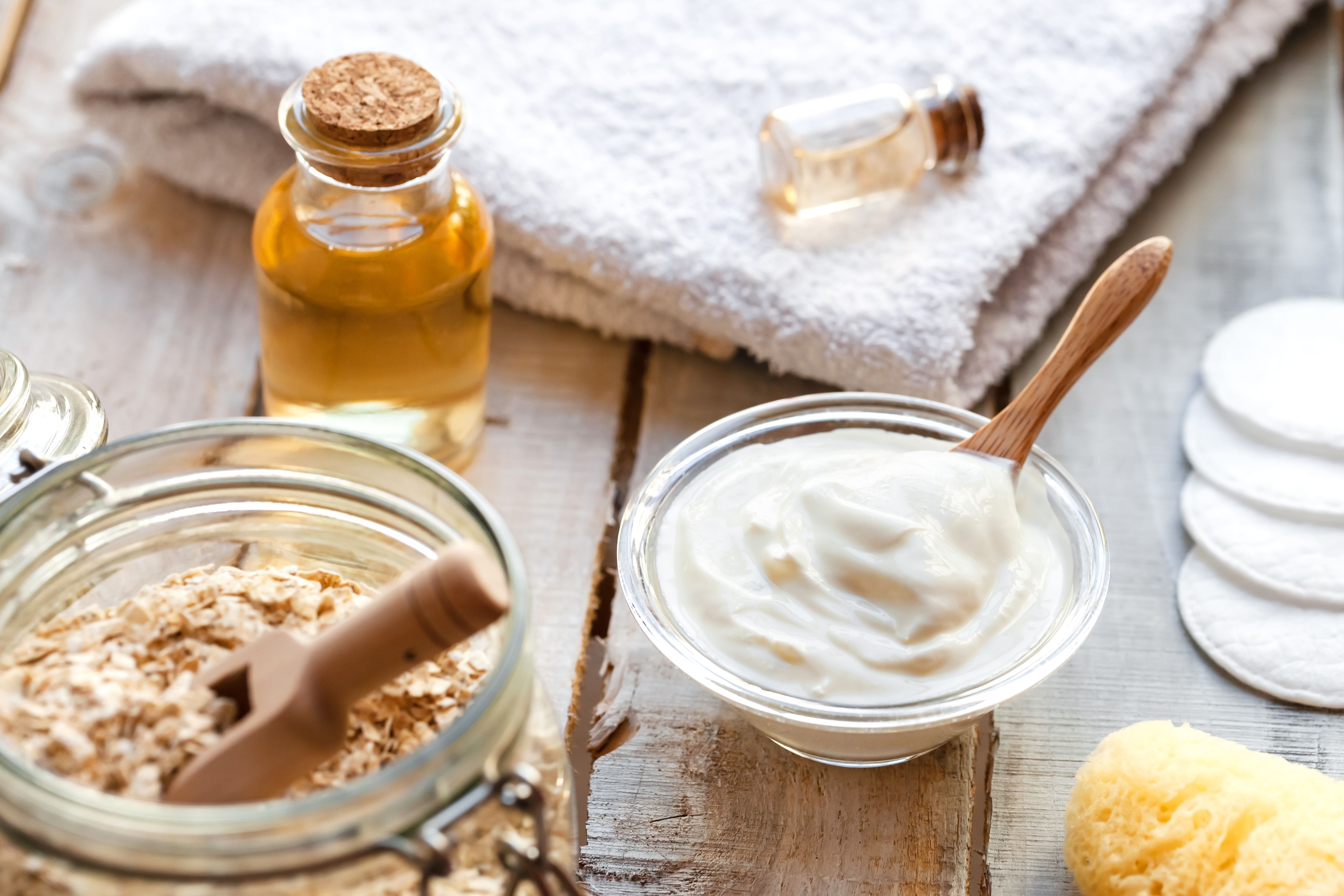
- Acne
- Actinic Keratosis
- Aesthetics
- Alopecia
- Atopic Dermatitis
- Buy-and-Bill
- COVID-19
- Case-Based Roundtable
- Chronic Hand Eczema
- Chronic Spontaneous Urticaria
- Drug Watch
- Eczema
- General Dermatology
- Hidradenitis Suppurativa
- Melasma
- NP and PA
- Pediatric Dermatology
- Pigmentary Disorders
- Practice Management
- Precision Medicine and Biologics
- Prurigo Nodularis
- Psoriasis
- Psoriatic Arthritis
- Rare Disease
- Rosacea
- Skin Cancer
- Vitiligo
- Wound Care
Publication
Article
Dermatology Times
Harmful Social Media Skin Care Trends: Viral Doesn’t Mean Safe
Author(s):
With the social media boom, skin care advice is readily available. Unfortunately, some of the information on TikTok is harmful.
There is no doubt that TikTok has been a boon to cosmetic dermatology, especially since the beginning of the COVID-19 pandemic. There are hundreds of accounts discussing skin care issues; some come from well-respected brands and clinicians, whereas others are self-proclaimed “skinfluencers” who share their expertise without any real credentials. Their reach is overwhelming, with a top skinfluencer boasting 4.5 million followers.
As with technology and advances in general, there are pros and cons to this growth. As a result of TikTok, many individuals were introduced to the importance of good skin care, learned about high-quality products, and received excellent education to take better care of their skin and health. Along with the good, however, came the bad. There have been viral trends that were not only unhelpful but also damaging to the skin. Thus, patients may present with issues resulting from these trends.
DIY Skin Care
Do-it-yourself (DIY) skin care is the practice of creating your own mixtures to address skin problems. Videos on social media in this category encourage viewers to look in their pantry and refrigerator to find natural ingredients and use those ingredients to create sunscreens, moisturizers, cleansers, or masks. At first, this may seem like a great approach. After all, we see many commercial products advertised with natural ingredients in them. However, most consumers are not aware of the risks of DIY skin care, and these advertisements do not address them.
As dermatologists, we know that a mixture without appropriate preservatives will quickly become a breeding ground for mold and bacteria, something consumers certainly shouldn’t rub on their face. These mixtures are unlikely to be stable for long, and even if they don’t grow microorganisms, they have not been shelf tested for long-term efficacy. Another important point is that commercial products that use certain botanical extracts are properly manufactured so that potentially harmful portions of the plant are removed. When a do-it-yourselfer uses the raw ingredients, they are not doing any extraction to separate the beneficial ingredients from the harmful components. In my opinion, there is too little benefit and too much risk to recommend DIY skin care.
Safe Ingredient Databases
We are in an era of conscious and responsible consumerism in which many are making an effort to avoid foods and ingredients that could be harmful to the body. There are many processed foods on the market that are not good for us. To address patients’ concerns and help them make informed decisions about foods and other products, there has been a rise in databases, websites, and apps that rate ingredient safety. Although the motivation is good, these resources have a tendency to be incorrect. For instance, a well-established skin care ingredient may be rated as toxic or disruptive to the endocrine system without any real human trial evidence. Numerous websites recommend against products that contain parabens without substantial evidence of harm and despite evidence of safety.
The individuals behind these groups often lack transparency and reach conclusions not supported by the evidence. Thus, there is a concern that in some cases, the recommended products are more expensive than the condemned products. This might make it more difficult to purchase quality products. Finally, with the rise of new ingredients and preservatives that are less studied, these databases may lead to a higher rate of contact dermatitis.
Hyaluron Pen
One of the most concerning trends I’ve seen on TikTok is the rise of the hyaluron pen. This device promises a needle- and pain-free option for injecting the lips with hyaluronic acid filler. It uses a cartridge of hyaluronic acid that is shot out of the tip under high pressure into the dermis and subcutaneous tissue. These devices are being used by medical spas and are available for purchase online.
Unfortunately, there are cons to using the pen. When tested, they cause pain and have an inconsistent depth of injection. Additionally, there are reports of the device causing occlusion. One additional point of risk with these pens is the hyaluronic acid cartridge, which is not an FDA-approved filler. Consumers are not aware of where or how the cartridges are made and whether they are stable and pure formulations.
Melanotan
Thankfully, social media has helped educate the public about the dangers of sunbathing. However, the desire for bronzed skin has resulted in unregulated alternatives.
Melanotan is a synthetic analogue of theα-melanocyte–stimulating hormone (a-MSH). It is an illegal and unregulated drug, but social media influencers have promoted it as a safe and natural way to acquire a tan. The drug is administered by injection or nasal spray.
There are several risks to using this synthetic hormone. It potentially increases the risk of melanoma, especially in those with a genetic predisposition to the disease. Additionally, there are reports of gastrointestinal disturbances, sexual dysfunction, facial flushing, and even rhabdomyolysis. I’ve taken care of patients who had severe dysplastic nevi and melanoma in situ while taking this drug.
What’s Next?
These products may be some of the worst offenders in the skin care trends on social media, but they are just the beginning of what is out there and what is yet to come. We need to be aware of these trends and work to educate our patients and the public. I encourage all my colleagues to put their voices out there and share the expertise we have as board-certified dermatologists.
Dustin Portela, DO, is a board-certified dermatologist and dermatologic surgeon at Treasure Valley Dermatology in Boise, Idaho.
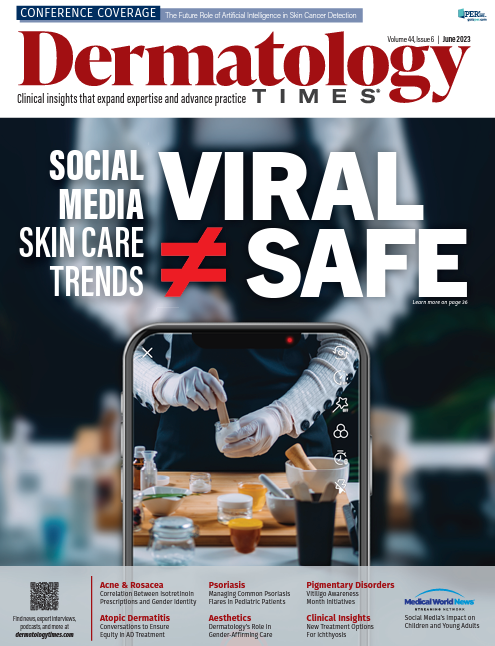
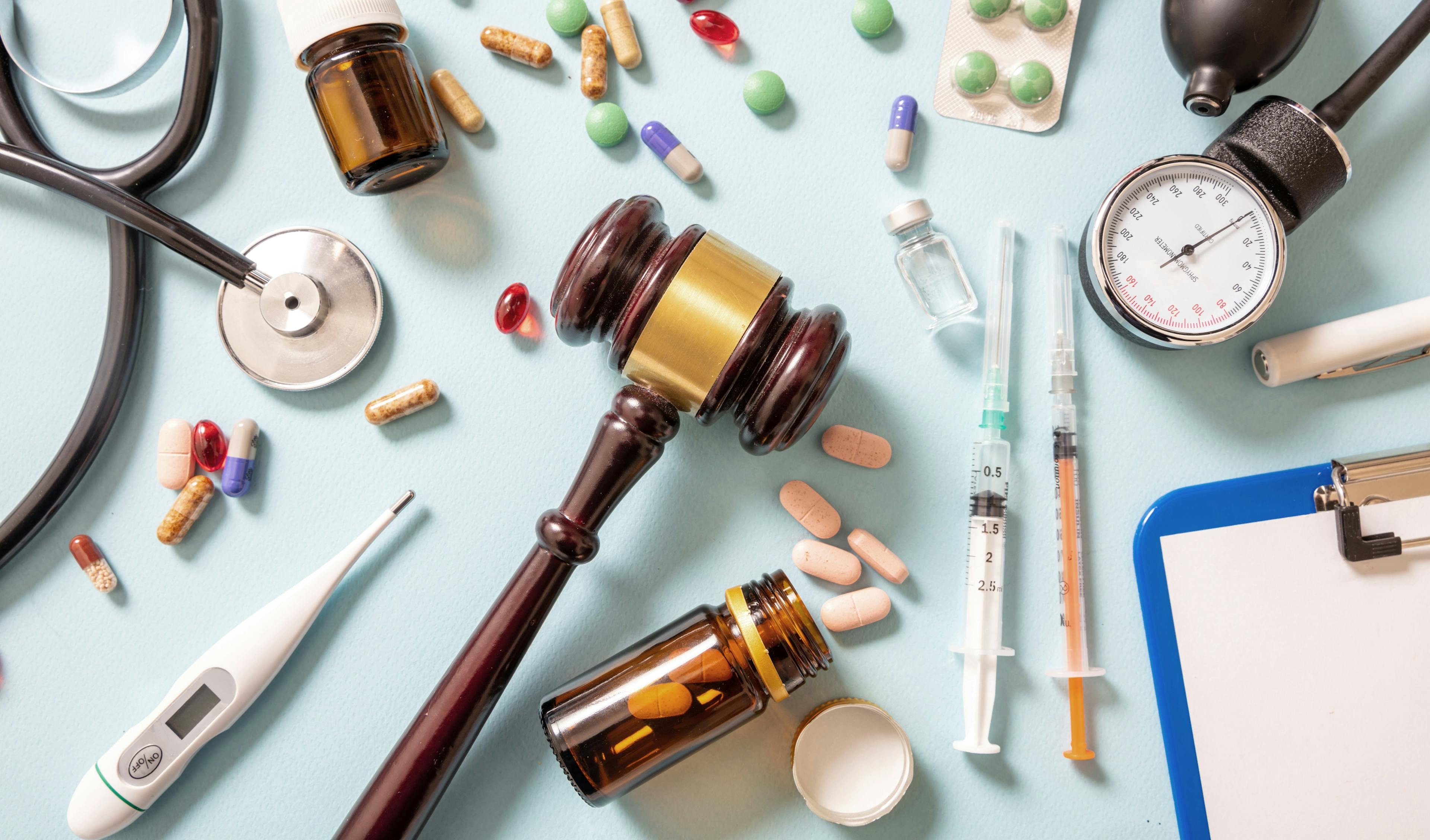


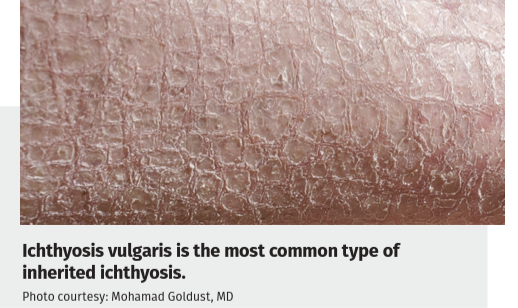



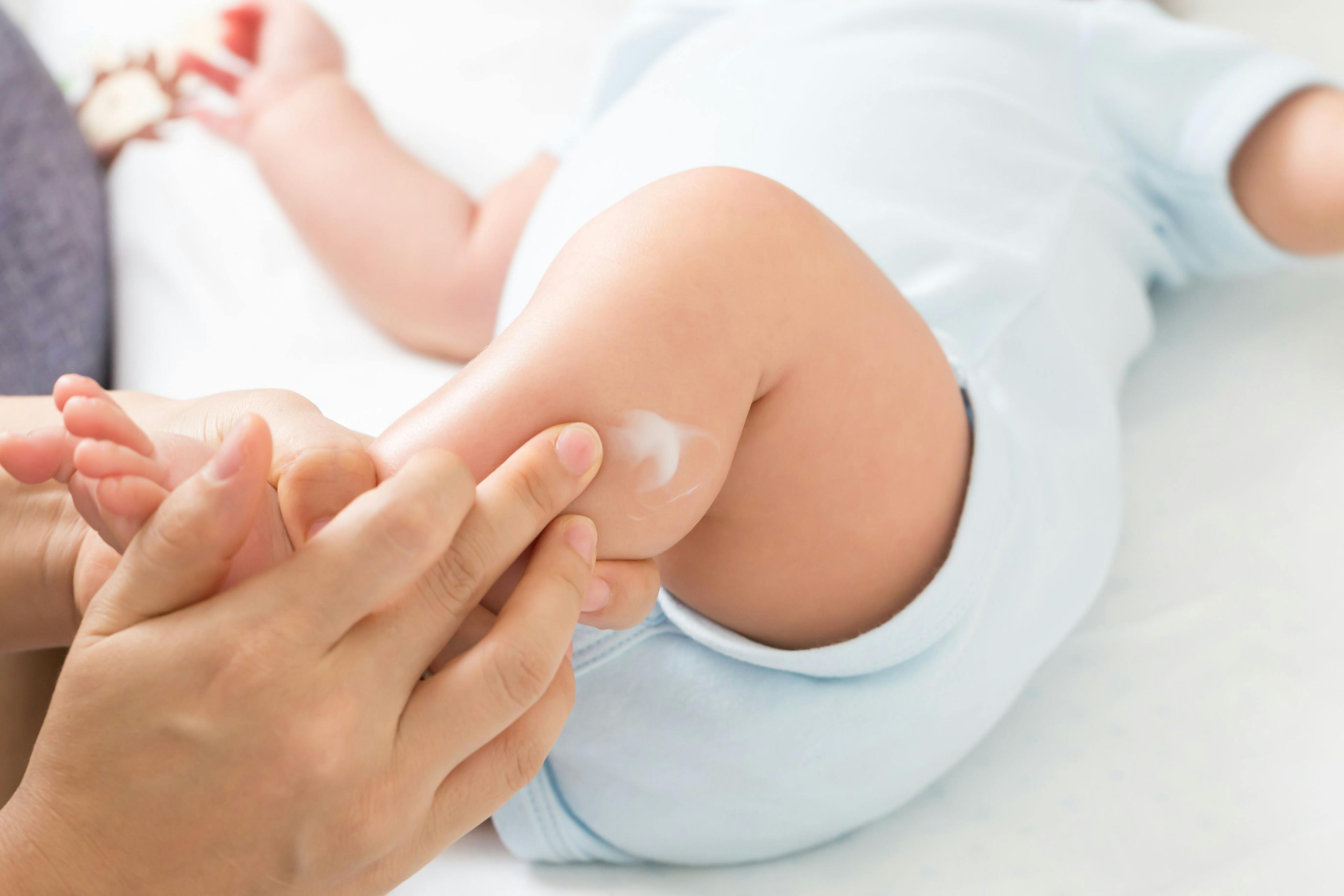

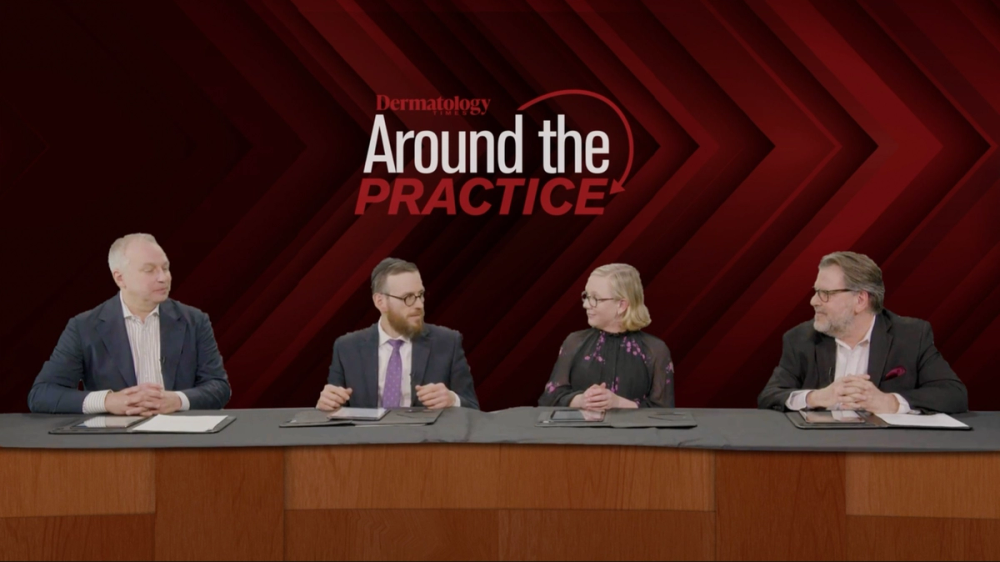
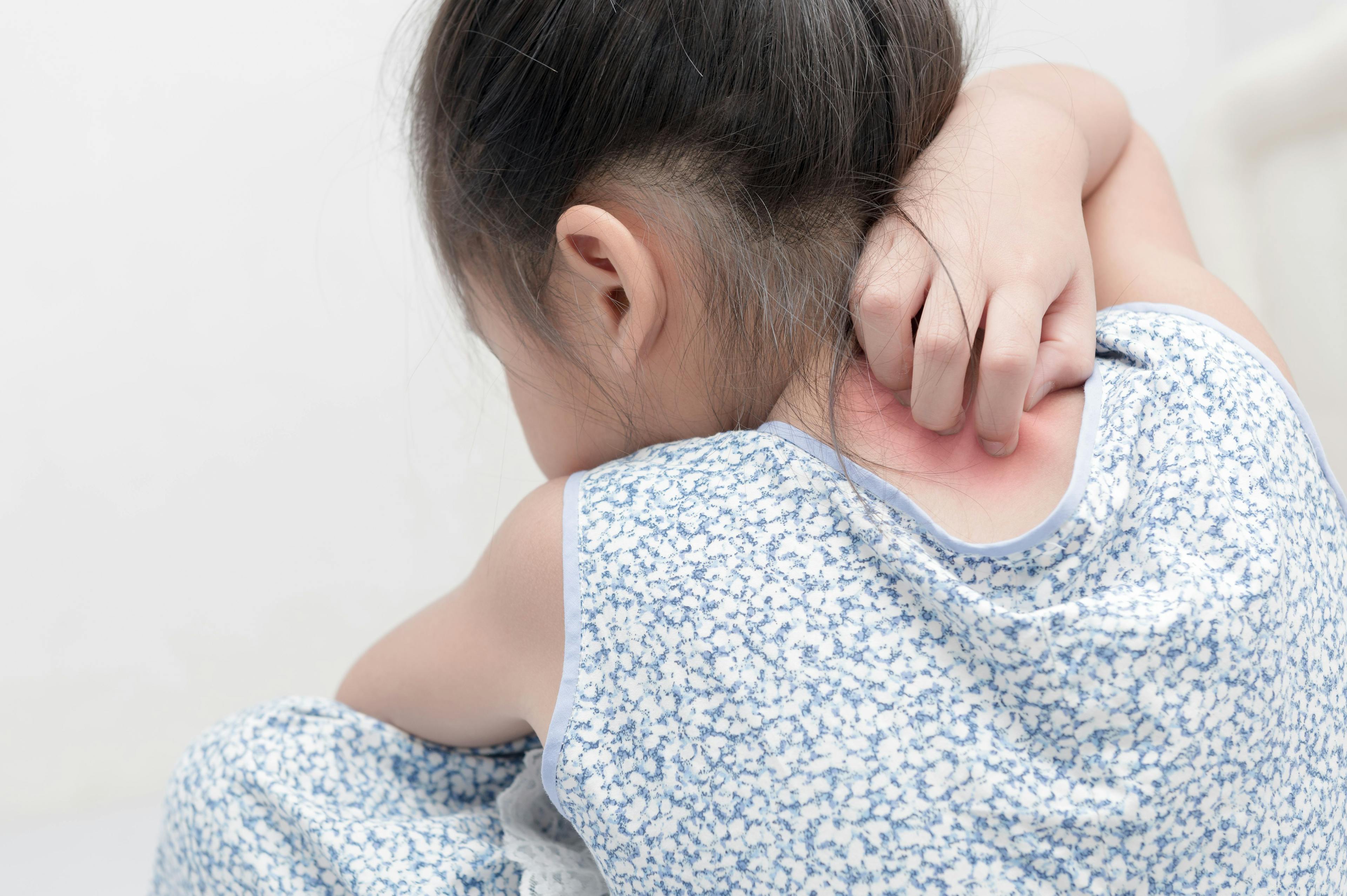
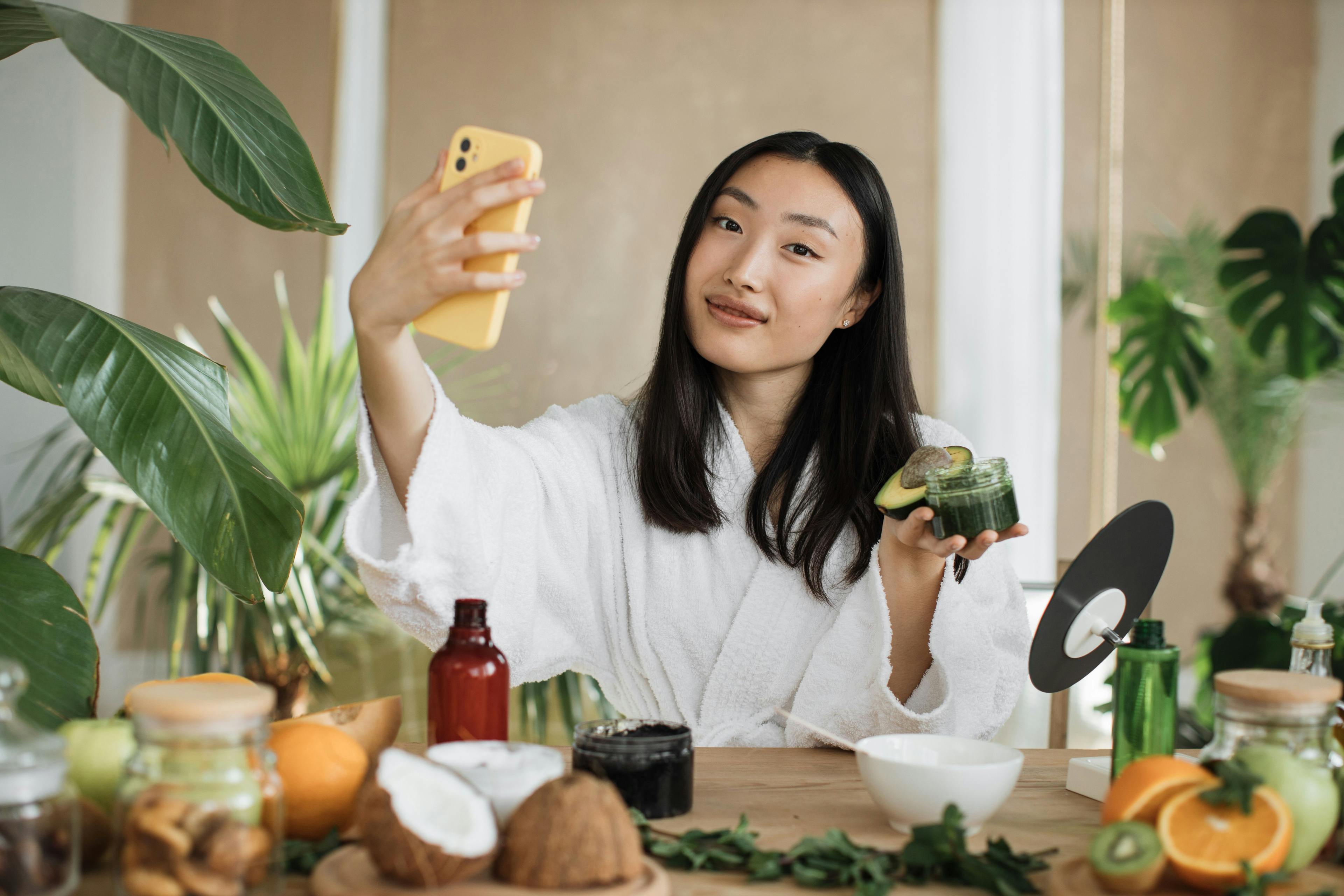


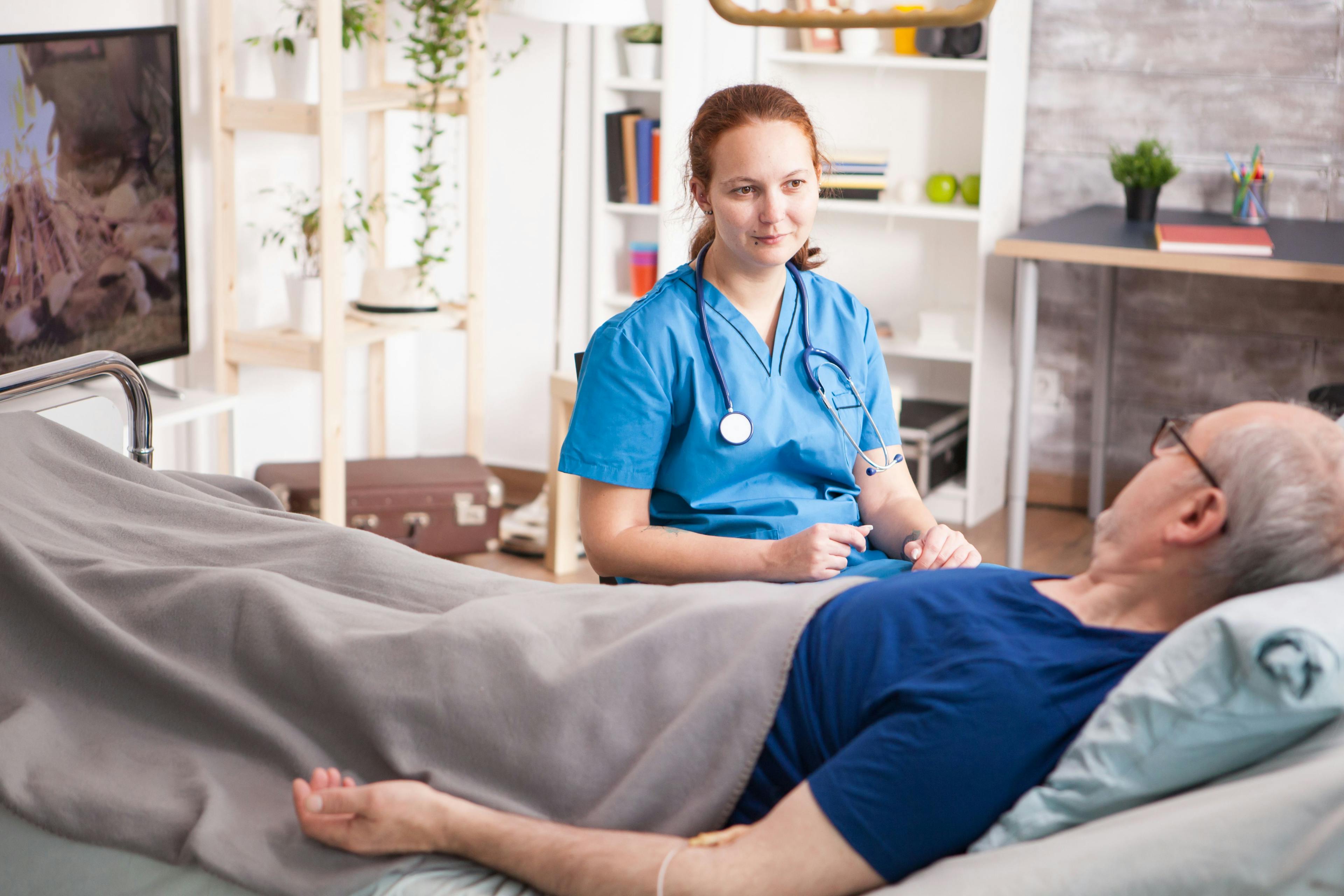
Newsletter
Like what you’re reading? Subscribe to Dermatology Times for weekly updates on therapies, innovations, and real-world practice tips.










2 Commerce Drive
Cranbury, NJ 08512
All rights reserved.
